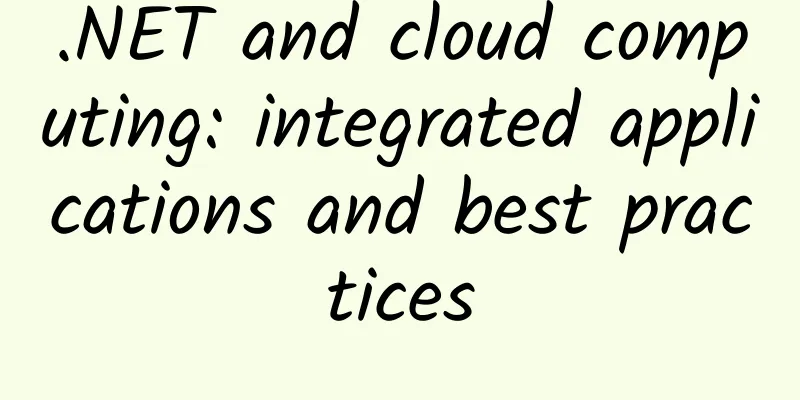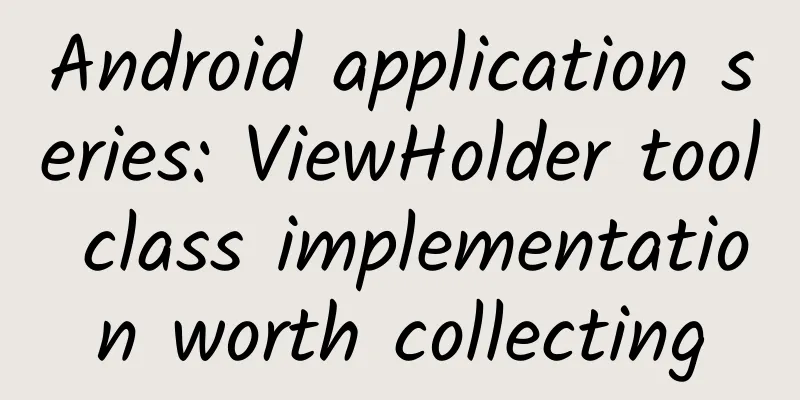.NET and cloud computing: integrated applications and best practices

|
With the rapid development of cloud computing, more and more enterprises and organizations are migrating their applications to the cloud to take advantage of the elasticity, scalability, and cost-effectiveness provided by cloud computing. As a mature and stable development platform, the integration of .NET with cloud computing platforms has become the first choice for many developers. This article will introduce how to integrate .NET applications with cloud services (such as Microsoft Azure, Amazon Web Services, etc.), and explore some common cloud computing application scenarios and best practices. 1. Overview of .NET and Cloud Computing IntegrationThe .NET framework provides a wealth of tools and libraries that allow developers to easily build and deploy cloud applications. By integrating cloud services such as Azure and AWS, .NET developers can use the storage, computing, database, analysis, and artificial intelligence services provided by these platforms to quickly build efficient and reliable applications. 2. Common cloud computing application scenarios
Integration Best Practices1. Use Azure as a cloud serviceSample code: Use Azure Functions to implement a simple HTTP trigger function. 2. Use AWS as a cloud serviceSample code: Build a RESTful API using AWS Lambda and API Gateway. First, you need to set up an AWS Lambda function and build your API logic using .NET Core. Here is a simple Lambda function example: You can then use AWS API Gateway to create a RESTful API and map the API to your Lambda function. IV. ConclusionBy combining .NET with cloud computing platforms (such as Azure, AWS, etc.), developers can build efficient, scalable and reliable applications. These platforms provide a wealth of services and tools to help developers quickly build, deploy and manage cloud applications. With the continuous advancement of cloud computing technology, the integration of .NET and cloud computing will become closer, bringing more innovation and opportunities to developers. |
<<: Scrcpy open source Android device control tool
>>: The official version of iOS 17.4 is here, summary of new features!
Recommend
What is the significance of "culturing human pluripotent stem cells from induced somatic cells" to humans?
Recently, the latest achievement of Chinese scien...
Why is bidding promotion ineffective? Just read this article | How to improve promotion effectiveness?
The low conversion rate of SEM promotion is a com...
Free as a fish! All humans need to survive in the ocean is a gill?
Your browser does not support the video tag Autho...
E-commerce operation order refund logic (with flow chart)
Previously, in the article "Detailed Explana...
The lurking supporter Yao Mei "Main lifting and detonation actual combat special training camp" 1st issue
Lurking Family Yaomei "Main Lifting and Deto...
"Chen Xiang's 6:30 Movie" 4 movies (2017-2020) HD Chinese subtitles
Li Dacong, the CEO of a technology startup compan...
When other departments shirk responsibility, how should operations take the blame?
Catch up on hot topics when they come, fill in th...
Renesas Electronics plans to acquire IDT for $6.7 billion, targeting autonomous driving and the Internet of Things
The development direction of digitalization, inte...
The only difference between "social phobia" and "social bull" is a greeting
Editor's note: If you open the search softwar...
Google wants to dig deeper into mobile Internet and acquires HTML5 development platform Divshot
[[151915]] Google will acquire mobile app develop...
Five key trends in the automotive industry in 2025
The automotive industry has always been one of ev...
What is the nose under the bow of a boat for? Without it, the boat can't go fast.
Have you ever noticed those ocean-going cargo shi...
It’s 2022, why are people still spreading these COVID-19 rumors?
Recently, with the recurrence of the COVID-19 pan...
Cleverly use leverage to attract 1 million users
How to define seed users ? Three conditions for d...
How to achieve growth at low prices? Let you know Xiaomi's business model
How to achieve growth at low prices? How to make ...









